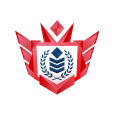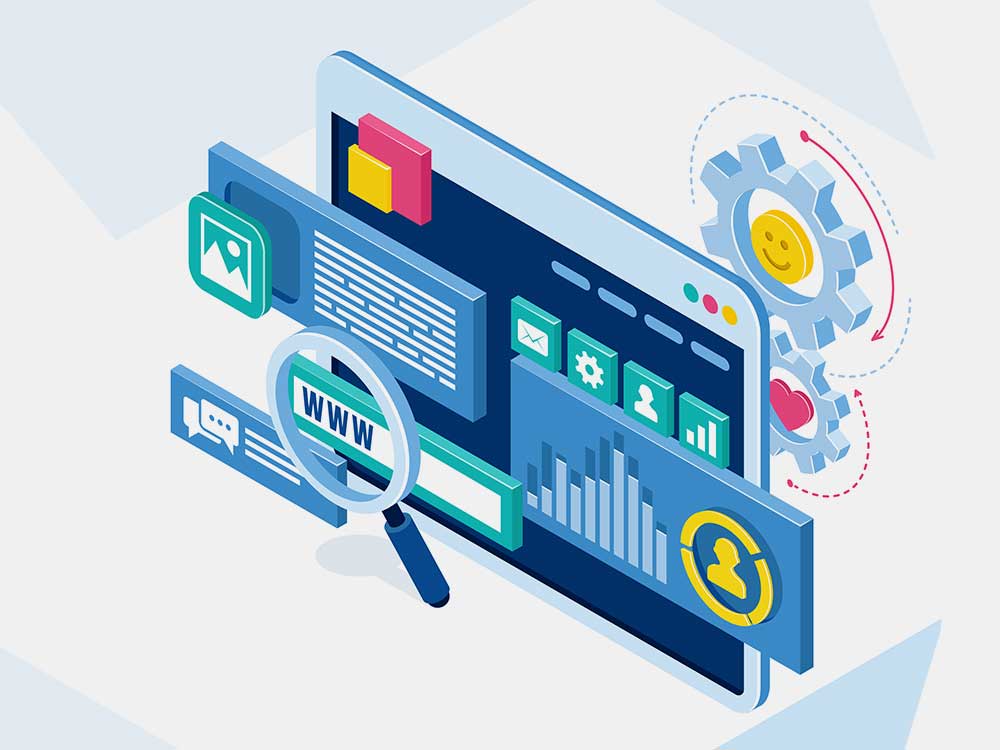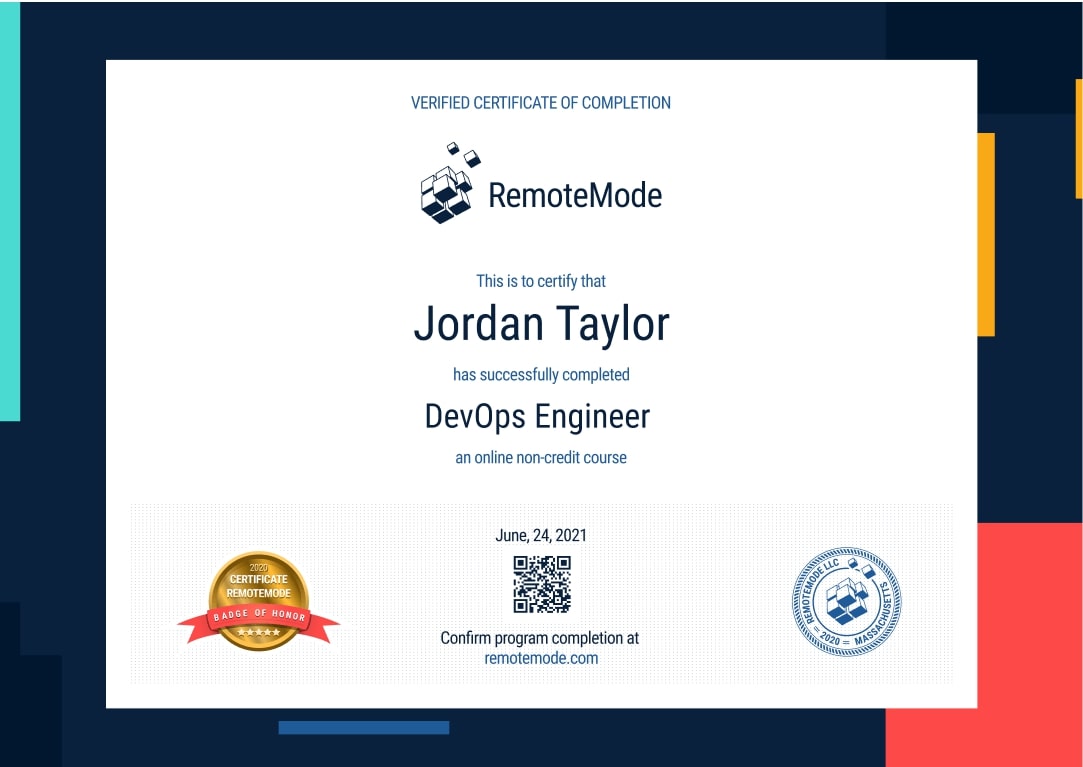Become a Help Desk Engineer
Help Desk Engineers provide comprehensive technical support for their company and the clients of their company. A Help Desk Engineer is someone who has an expansive knowledge of a wide range of different programs and applications. These specialists are responsible for maintaining a working knowledge of relevant programs and being able to communicate solutions to issues remotely.
It is essential to have Help Desk Engineers on call in nearly all businesses based in tech. Help Desk Engineers are critical for keeping businesses running smoothly and programs running continuously.
- 9-month long course
- 339 specialized lessons
- 6 hours per week
- 240 hours in total



Mission Forecast for Help Desk Engineers
Landing Zone
The main task of Help Desk Engineers is to organize technical help for non-IT computer users. Specificity allows them to work with the users in person or remotely utilizing video or phone. They are masters of troubleshooting and solve a wide range of problems, from simple questions about basic applications to complex errors affecting servers and networks. While some may work for large software companies or support service firms, others work in call centers. Today, over 844,600 Help Desk Engineers are employed. By 2030, that number will increase to almost 949,000 jobs.
Mission Objective (Who’s Hiring Right Now)
Help Desk Engineer Overview
The U.S. Bureau of Labor Statistics estimates that this profession will see an above-average increase in jobs - 9% in the next ten years.
- + 9-month long course
- + 6 hours a week - at your own pace
- + 339 on-demand lessons
- + 240 hours of learning materials
- + Receive a certification confirming your training
- + Participate in real-life Virtual Lab Projects
- Learn how to use and communicate your knowledge about technical systems.
- Write training manuals.
- Troubleshoot on the phone or in person.
- Walk customers through how to solve their technical issues.
- Setup, maintain and configure systems as needed.
Prepare for Liftoff
CompTIA Net+ Cert 007 Update
Divided into five chapters, this course is filled with demonstration videos, lesson discussions and presentations, and practical insights about the five domains of the CompTIA NET+ Cert 007 Update.
About the Course
The CompTIA Network+ certification is a globally recognized validation of the technical knowledge required of entry-level IT network administrators. This certification is a mid-level certification for network technicians. The purpose of this exam is to assess a network technician's knowledge of network architecture, installation, configuration, and troubleshooting.
Who is this course for?
This course is beneficial to learners who aim to prepare and pass the CompTIA Net+ Certification and the N10-006: CompTIA Net+ Certification. These course learners are the ones holding designations in the IT field including junior network administrator, IS consultant, network field engineer, junior system engineer, computer technician, help desk technician, system engineer, and network analyst.
Course Prerequisites and Skills to be developed
This course is an update to the previous CompTIA Net+ body of knowledge, focusing on the N10-007 Exam's changes. Before taking on this course, learners should review or familiarize themselves with the previous 17-part course.
Furthermore, course takers are assumed to be adept at a CompTIA A+ certification or equivalent knowledge and at least have nine up to twelve months of work experience in IT networking.
In terms of target skills, learners are expected to demonstrate the following technical skills upon completion of this course:
- Troubleshoot, configure and manage common network devices
- Establish basic network connectivity
- Understand and maintain network documentation
- Identify network limitations and weaknesses
- Implement network security, standards, and protocols
CompTIA Net+ Cert 007 Update Overview
The course takes on the CompTIA NET+ Cert 007 Update which consists of five basic domains, with each domain presented in each chapter of the course. The following are the specifics of the scope and coverage under each domain.
Part 1: Network Concepts – the networking concepts domain is introduced at the beginning of the entire course. The OSI Reference Model, protocols, changes in routing and switching, cloud concepts and purposes, and the function of network services will all be discussed.
Part 2: Infrastructure – this section covers the infrastructure domain. This includes deploying cabling solutions, replacement and use of network devices, and the implementation of virtualization and network storage.
Part 3: Network Operations – this segment deals with the network operations domain. This lesson introduces learners to preparing documentation, diagrams, business continuity, scanning, monitoring, and patches along with best practices and policies.
Part 4: Network Security – Delving into the network security domain, this section lays down many of the changes as it relates to physical security devices, authentication, access control, wireless security as well as common network attacks.
Part 5: Network Troubleshooting – the last installment of the course is dedicated to the network troubleshooting domain in which course takers will be kept abreast with some of the changes as it relates to using tools, hardware and software to fix problems, troubleshoot wired and wireless connectivity as well as common service-related issues.

Mission Control
- Stay focused with a mentor’s help and support
- Build a real portfolio with Virtual Lab Projects
- Compete with classmates in a virtual classroom
- Measure your progress with the Activity Tracking Log
- Make sure you get the job with resume help and interview assistance
In Collaboration with
Chart Your Trajectory
- CompTIA A+ Certification22 videos
- CompTIA NET+ Certification17 videos
- CompTIA Net+ Cert 007 Update19 videos
- Microsoft Outlook 201934 videos
- Microsoft Excel 201936 videos
- Microsoft Excel 2019. Data Analysis23 videos
- Microsoft Word 201942 videos
- Microsoft PowerPoint 201927 videos
- Microsoft Teams34 videos
Certificate of Completion
- Receive a certificate recognized by prevalent companies confirming your training
- Complete real projects in Virtual Labs
- Go at your own pace, learn your way
- Access course videos and materials 24 hours a day
- Take practical quizzes to keep you up to speed
- Classes created and mentored by industry leaders

Grow into a Help Desk Engineer
Support the industry in ways only you can. Learn how basic systems work on a specialized level to help streamline the tech industry into the next generation.
Program Forecast
- 9 months long, 6 hours per week
- 339 lessons in 240 hours
- Learn at your own pace
Virtual Lab
- Real Projects
- Create a working portfolio
- Receive expert feedback and mentoring
Career Services
- Interview preparation
- Resumé assistance
- Help with LinkedIn networking
Request More Information
View pricing and financing options